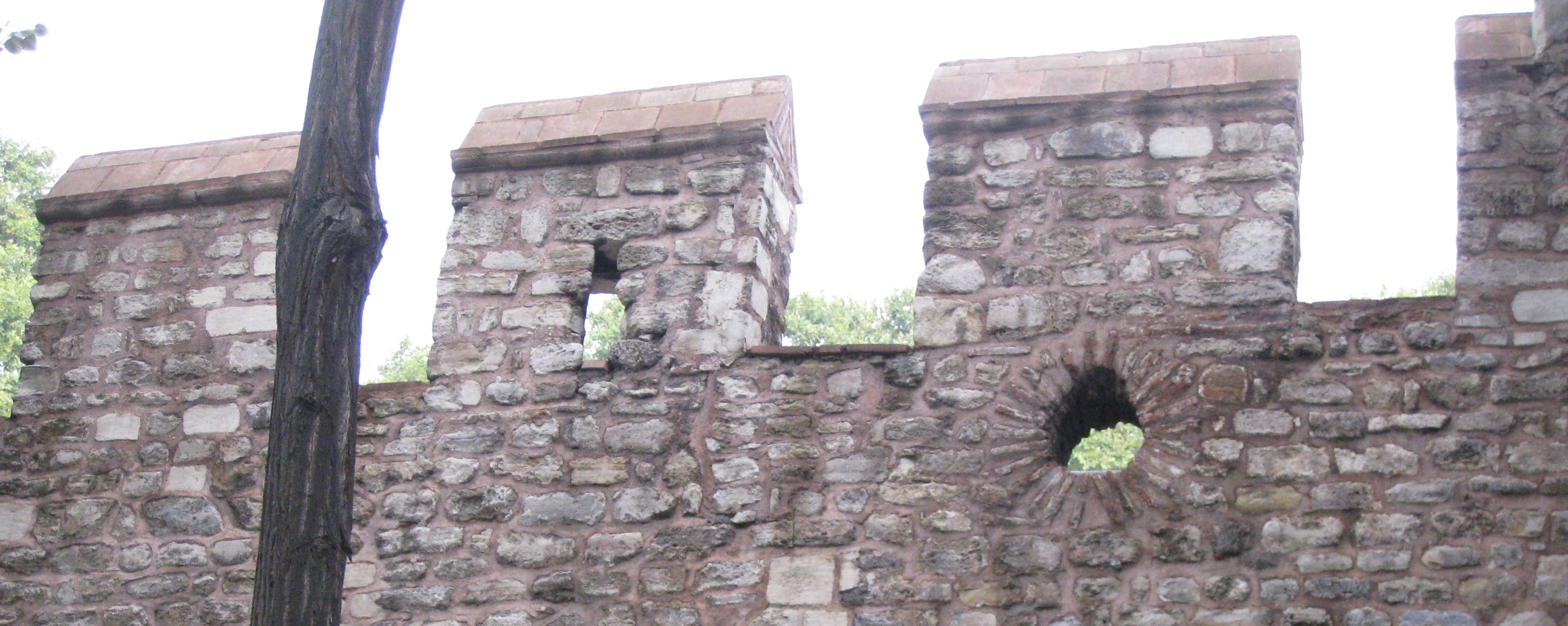Examining One's Life
Arakawa and Gins's architecture refuses to be background, because its aim is to change our self-conscious bodily inhabitation of space in our everyday lives. Their architecture is not meant to be easy.
Do you want to live in an apartment or house that can help you determine the nature and extent of interactions between you and the universe? What lengths would you be willing to go to, or how much inconvenience would you be willing to put up with, in order to counteract the usual human destiny of having to die?
Procedural architecture is an architecture of precision and unending invention. Works of procedural architecture function as well-tooled works of equipment that help the body organize its thoughts and actions to a greater degree than had previously been thought possible. Set up to put fruitfully into question all that goes on within them, (works of procedural architecture) steer their residents to examine minutely the actions they take and to reconsider and, as it were, recalibrate their equanimity and self-possession, causing them to doubt themselves long enough to find a way to reinvent themselves. (1)

Architecture, Arakawa and Gins proclaimed, provides the supreme context for the examined life. (Image courtesy of Architectural Body Research Foundation)
What is being examined and made more self-aware is what Arakawa and Gins call our "architectural body", the living connection of physical body and spatial environment.
There is that which prompts (architectural surround/tactically posed surround/tutelary abode) and that which gets prompted (organism that persons). Features of architectural surrounds . . . prompt the body to act. . . . In responding to the ubiquitous call that comes from nooks, crannies, and nonnooks and crannies of a(n) architectural surround . . . most observers feel that they ought eventually to get around to noting everything around them — a person assembles and takes on an architectural body, half-knowingly piecing it together into a flowing whole. . . . A person's capacity to perform actions is keyed to layout and composition of her architectural body. . . . An architectural body critically — ever examining and always assessing — holds possibilities in place. . . . Take it as the near-animate group of loci its definition demands for it and accept that out it extends into an architectural surround, enormously expanding the body-proper; do not trouble yourself as to where in relation to a surround it begins or ends or fret over what its full extent might be.
Arakawa and Gins do not much discuss the social aspects of the architectural body, the way that the architectural surround comes with active social coding. That part of living in architecture is less relevant to their program of bodily re-formation. But new social norms are needed if their project is to have the impact they hope for, and the process of the formation and continuation of social norms also needs to be made self-conscious as part of the examined life. (3)
